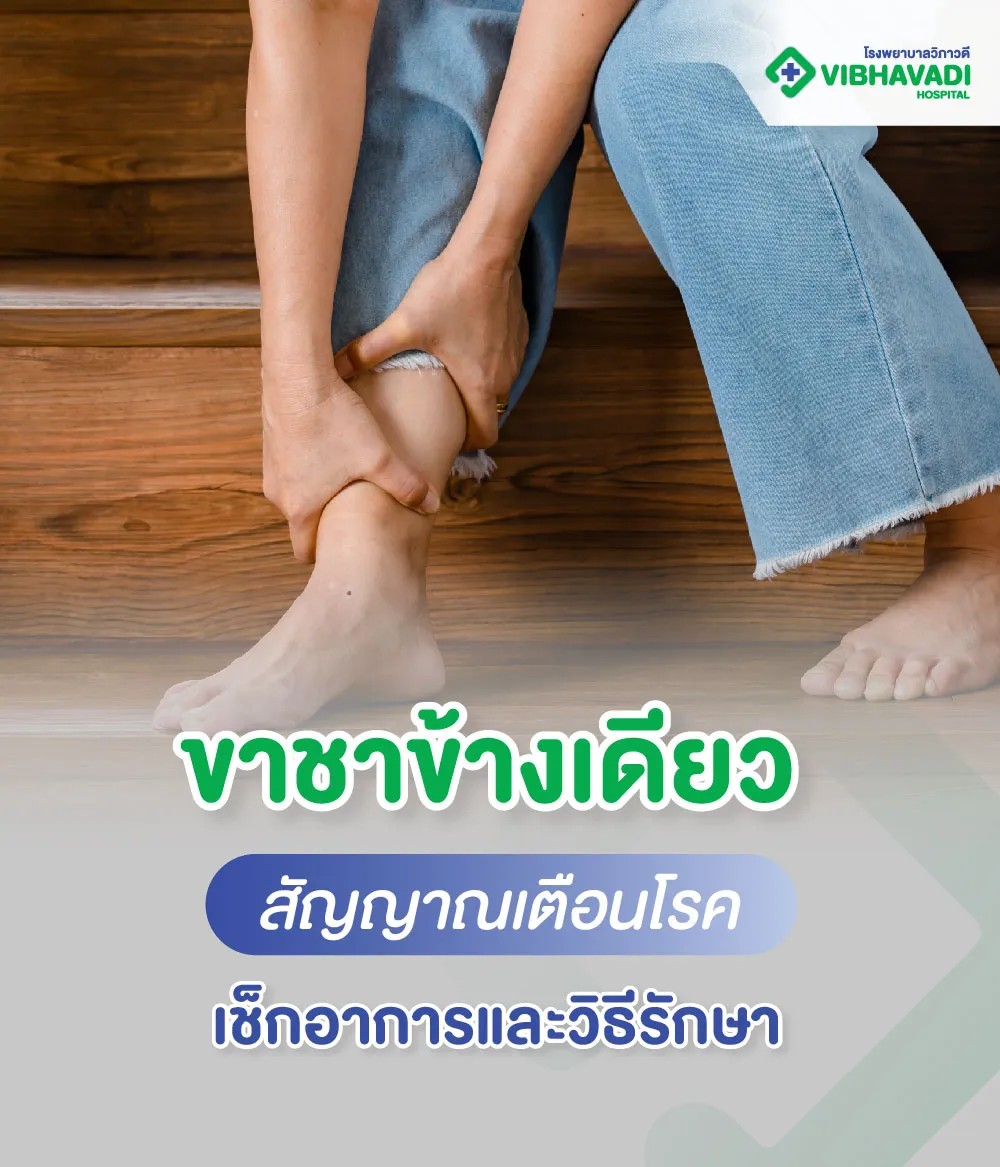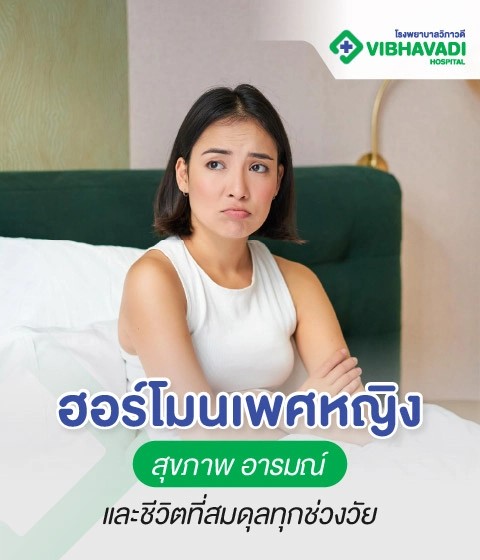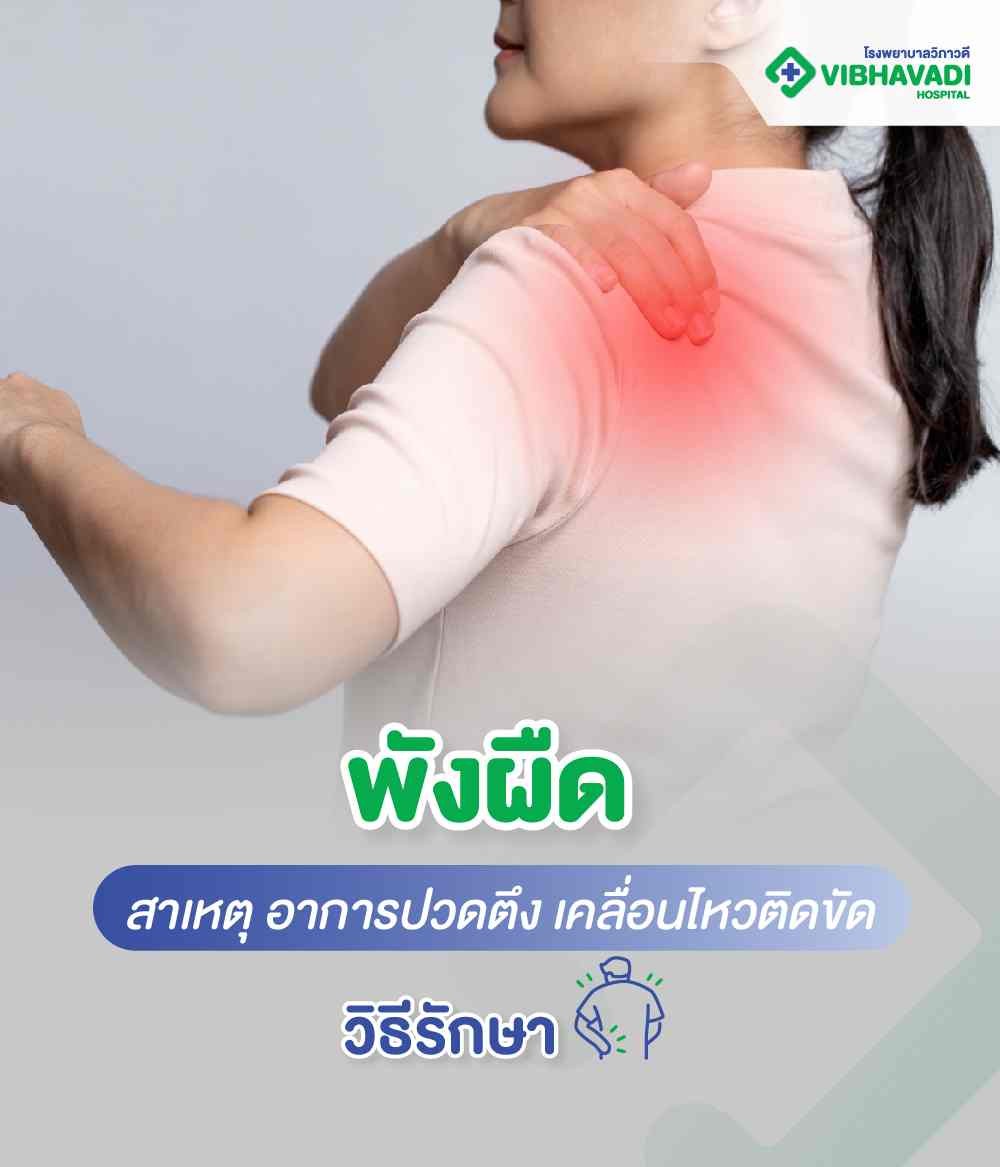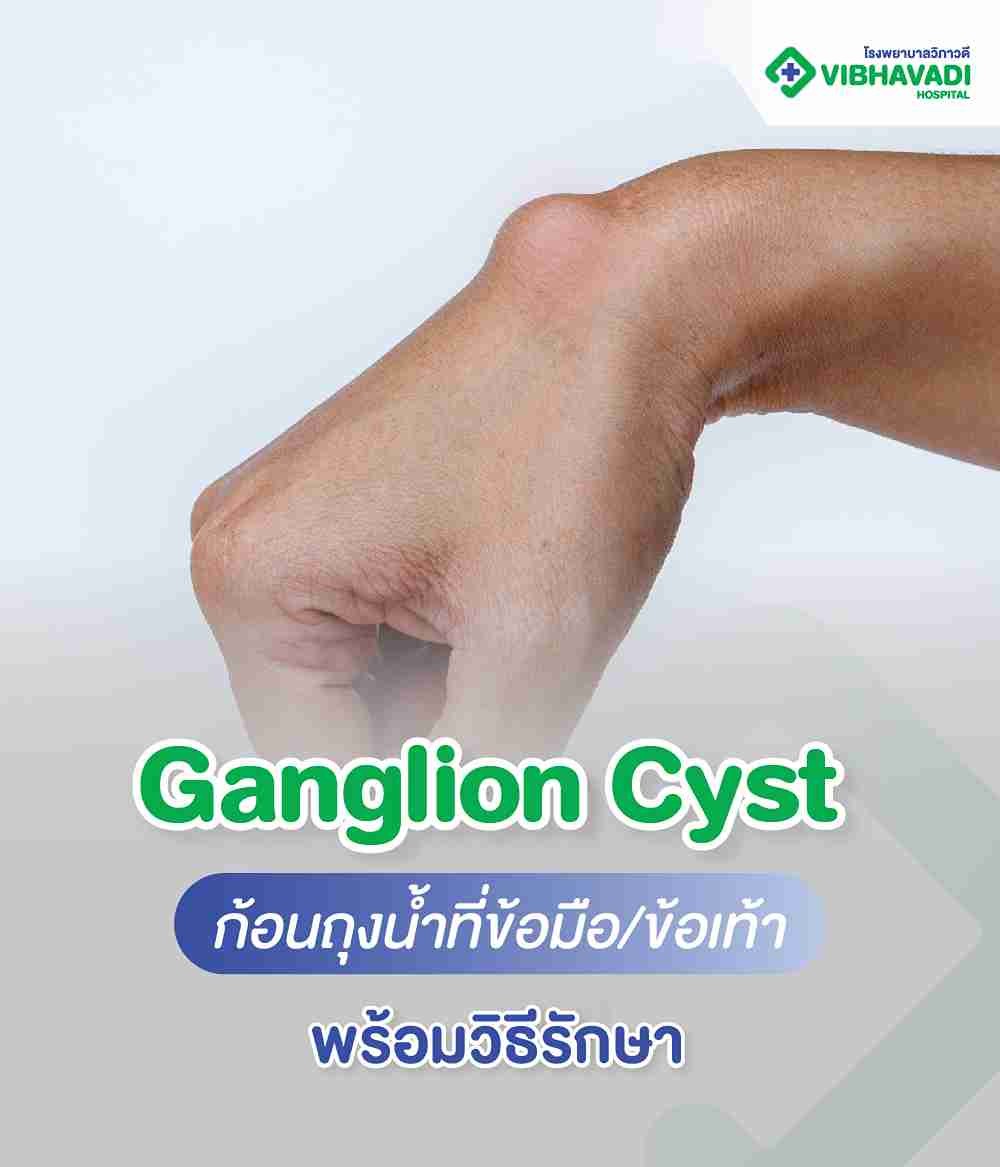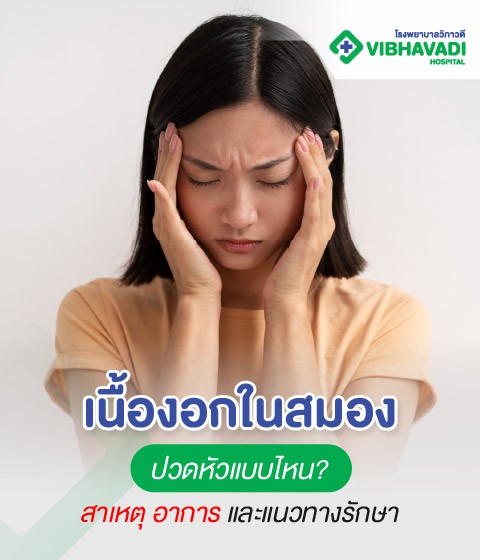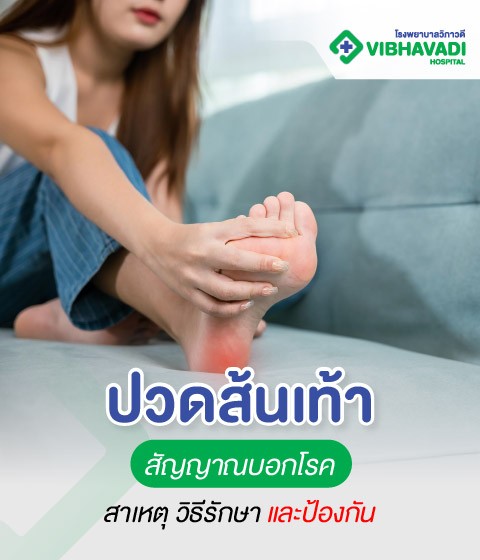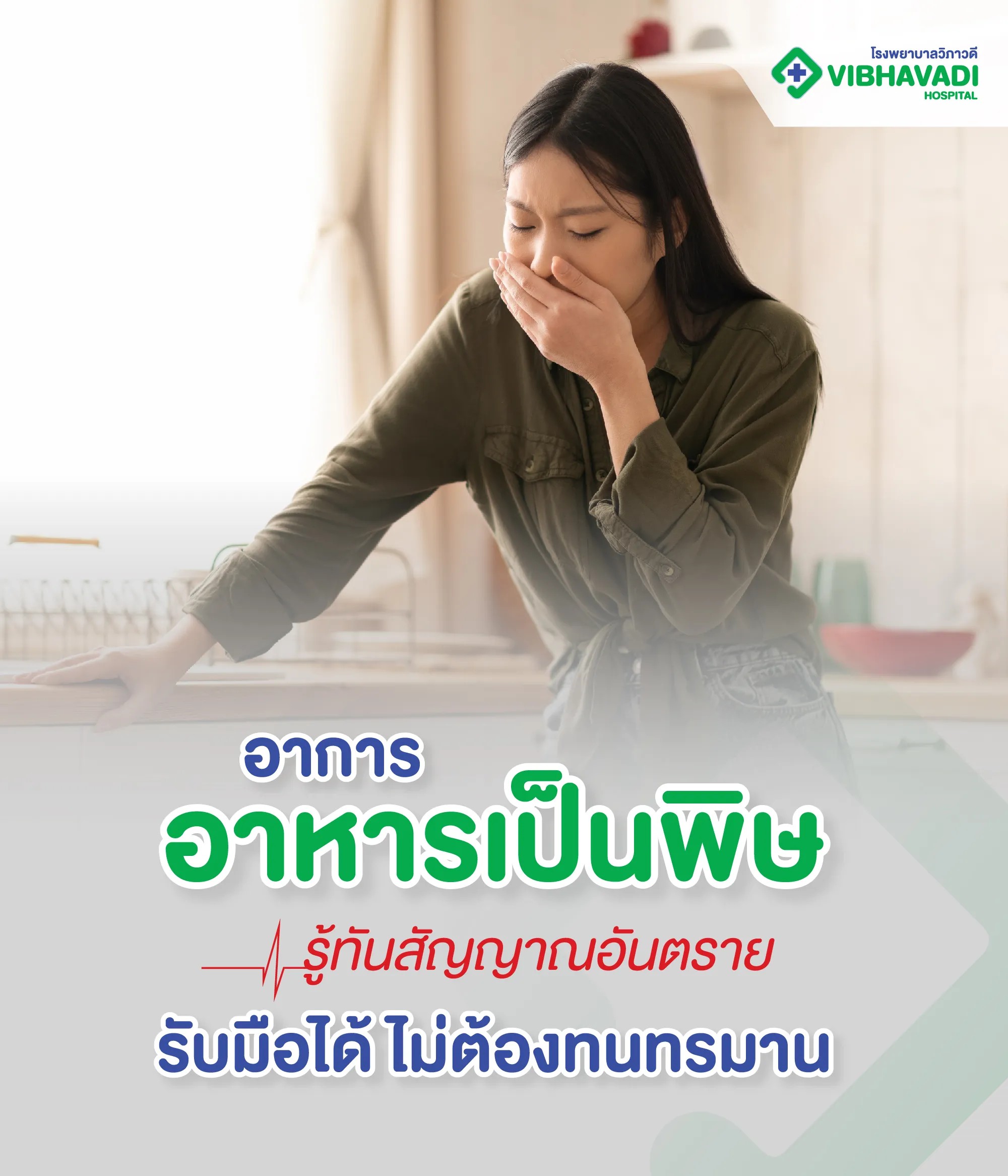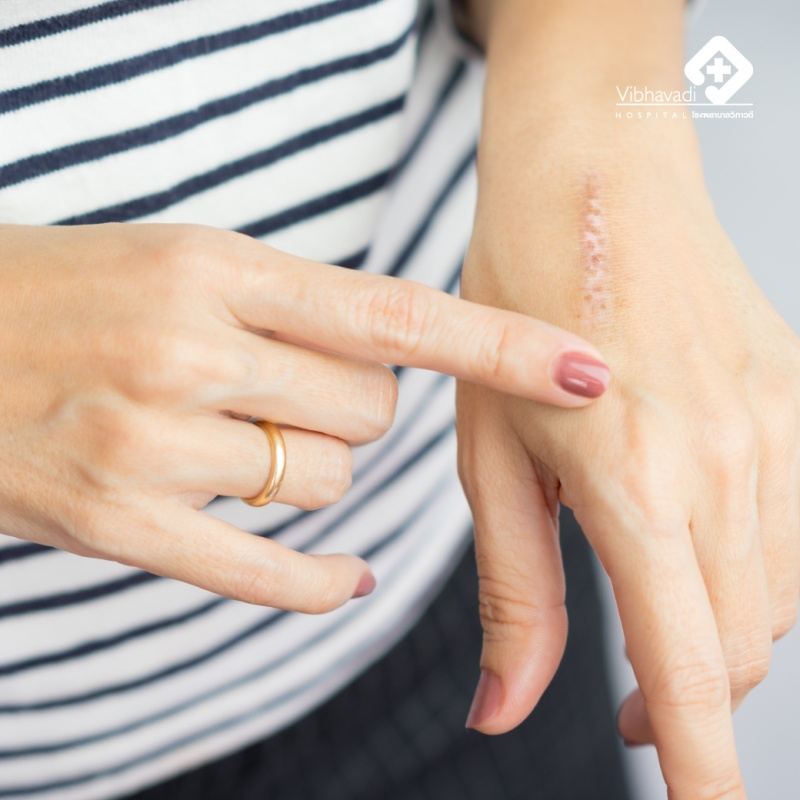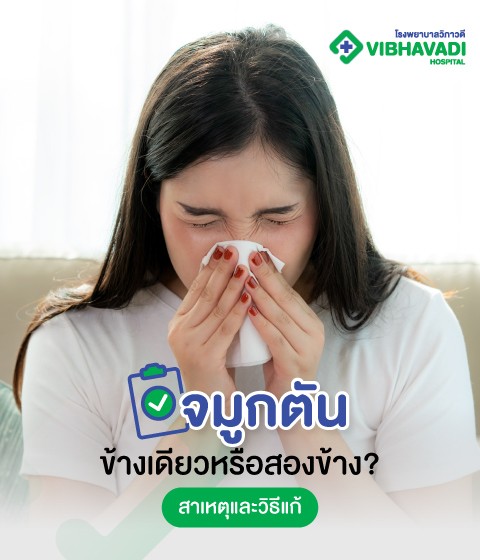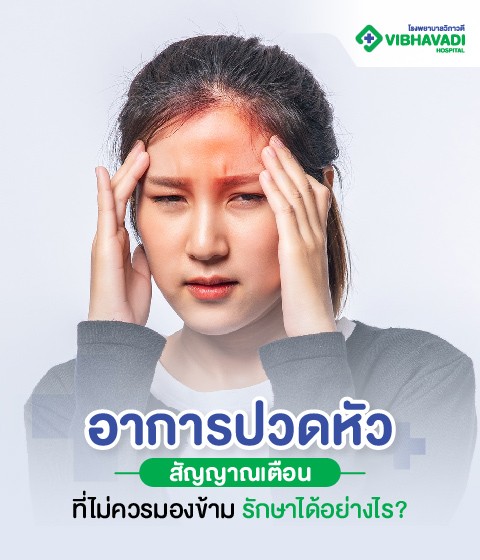Artificial Tears
Key Takeaway
Artificial tears are sterile solutions designed to moisten and soothe the eyes. They are particularly helpful for people with dry eyes, irritation, or redness caused by long screen use, contact lenses, aging, or environmental dryness. Choosing the right formulation—liquid, gel, or preservative-free—based on your symptoms and sensitivity ensures comfort and eye protection.
What Are Artificial Tears?
Artificial tears are specially formulated eye drops that mimic the natural tear film. Their primary purpose is to lubricate the eyes, relieve dryness, and reduce irritation caused by environmental factors or prolonged visual activity. They are widely used for individuals experiencing eye strain, discomfort from contact lenses, or exposure to dry and dusty air.
Main Ingredients in Artificial Tears
Purified Water: The main solvent that hydrates and soothes the eyes.
Viscosity Agents: Substances like sodium hyaluronate or carbomer that help retain moisture longer on the eye surface.
Electrolytes: Such as sodium chloride and potassium chloride to balance tear film and maintain eye comfort.
Preservatives: Added in multi-use bottles to prevent bacterial growth (though preservative-free options are safer for sensitive eyes).
Buffering and soothing agents: Maintain pH close to natural tears and reduce stinging or irritation.
Artificial tears do not treat disease directly but help maintain the ocular surface’s health and comfort.
Benefits of Artificial Tears
Artificial tears provide multiple benefits that help protect and rejuvenate eye health:
Relieve dryness: Add moisture to reduce burning or gritty sensations.
Soothe irritation: Calm redness and discomfort from dust, wind, or smoke.
Flush out irritants: Help remove debris or small particles from the eyes.
Post-surgery protection: Promote comfort and healing after procedures like LASIK.
Support contact lens wearers: Improve comfort during prolonged lens use.
Reduce computer eye strain: Counteract dryness from reduced blinking during screen use.
Who Should Use Artificial Tears?
Artificial tears are suitable for anyone experiencing temporary or chronic dryness or eye irritation, especially:
People with Dry Eye Syndrome
Those who work long hours on computers or smartphones
Contact lens wearers
Individuals in dry, air-conditioned, or polluted environments
Elderly people, as tear production naturally decreases with age
Anyone with eye irritation from allergens, smoke, or wind
Post-eye surgery patients who require extra moisture during recovery
Types of Artificial Tears
Artificial tears come in several forms to suit different symptoms and lifestyles:
1. Liquid Artificial Tear Drops
These are lightweight and easy to apply, offering quick relief without blurring vision.
Best for:
Mild to moderate dryness
Frequent daytime use
Occasional irritation relief
2. Gel Drops or Ointments
Thicker formulations that last longer on the eye surface, ideal for severe dryness or nighttime use.
Best for:
Severe or chronic dry eyes
Nighttime protection to prevent morning dryness
People with dry eyes due to medical conditions like diabetes
3. Preservative-Free Artificial Tears
Packaged in single-use vials to minimize contamination and ideal for sensitive eyes.
Best for:
Frequent use throughout the day
Chronic dry eye patients
Individuals allergic or sensitive to preservatives
4. Artificial Tears with Preservatives
These are multi-use bottles convenient for occasional users. However, long-term use may irritate sensitive eyes.
Best for:
Mild, occasional dryness
Users who prefer convenience and longer shelf life
How to Choose the Right Artificial Tears
Selecting the correct product ensures both comfort and effectiveness:
1. Assess the Severity of Symptoms
Mild dryness: Use standard liquid drops during the day.
Moderate to severe dryness: Choose gel or ointment formulas that stay longer on the eyes, especially before bedtime.
2. Consider Sensitivity to Preservatives
Sensitive eyes: Opt for preservative-free vials to prevent irritation.
Normal eyes: Preserved products are convenient and long-lasting.
3. Match Your Environment and Lifestyle
Dry or dusty air: Use thicker or gel-based formulations.
Contact lens users: Ensure the formula is lens-safe and non-clouding.
Frequent screen use: Choose easy-to-apply drops for multiple daily uses.
4. Consult an Ophthalmologist
For persistent or severe dryness, professional advice ensures you select the most suitable formulation for your eye condition and overall health.
How to Use Artificial Tears Correctly
Proper usage helps maximize benefits and minimize risks of contamination:
Wash your hands thoroughly before applying the drops.
Check the product label for dosage instructions and expiration date.
Tilt your head slightly upward and look toward the ceiling.
Gently pull down your lower eyelid to create a small pocket.
Hold the dropper above the eye—avoid touching your eye or eyelashes.
Instill one drop into the pocket. One drop is sufficient for each application.
Close your eyes gently for 1–2 minutes. Avoid blinking rapidly.
Press the inner corner of your eye lightly to prevent drainage.
Wipe off any excess liquid with a clean tissue.
Wait 5–10 minutes between different eye medications to avoid dilution.
Precautions When Using Artificial Tears
To ensure safety and effectiveness:
Avoid overuse: Follow recommended frequency or doctor’s advice.
Storage: Keep the product in a cool, dry place away from sunlight.
Check appearance: Discard if the solution becomes cloudy, discolored, or has an unusual smell.
Contact lenses: Use only if the product is labeled as lens-compatible.
Avoid contamination: Never let the dropper touch your eye or fingers.
Observe expiration dates: Dispose of opened bottles within the advised period (usually 30 days).
Seek medical advice if symptoms persist or worsen despite regular use.
Warning Signs Requiring Immediate Medical Attention
Stop using artificial tears and see an ophthalmologist immediately if you experience:
Persistent or worsening redness
Sharp or severe eye pain
Blurred or distorted vision
Thick discharge or pus
Excessive tearing
Swelling around the eyes
These could indicate a serious infection, corneal injury, or elevated intraocular pressure.
Eye Care Services at Vibhavadi Hospital
At Vibhavadi Hospital, our team of experienced ophthalmologists provides:
Comprehensive eye examinations
Diagnosis and management of dry eye and other ocular conditions
Personalized recommendations for artificial tears or other eye care products
Advanced eye treatment programs for long-term vision health
The hospital’s Eye Center uses modern diagnostic technology to evaluate tear production, corneal health, and ocular surface stability—ensuring safe, individualized care for every patient.
Summary
Artificial tears are an essential part of eye care that helps maintain moisture, reduce irritation, and prevent corneal damage. They come in various forms—liquid, gel, preservative-free, and preserved—each suited for different needs.
When choosing artificial tears, consider:
The severity of dryness
Sensitivity to preservatives
Environmental conditions and lifestyle
Use artificial tears properly, observe hygiene, and check expiration dates. If redness, pain, or blurry vision persists, consult an ophthalmologist promptly.
At Vibhavadi Hospital, you’ll receive expert consultation and personalized recommendations for eye care products that best suit your condition—ensuring comfort, safety, and healthy vision for years to come.
Frequently Asked Questions (FAQ)
1. How are artificial tears different from medicated eye drops?
Artificial tears mainly moisturize and lubricate the eyes, while medicated eye drops contain active ingredients to treat specific eye diseases, such as infections or inflammation.
2. Are artificial tears the same as natural tears?
They are formulated to closely resemble natural tears in pH, viscosity, and salt composition but stay longer on the eye surface to maintain hydration.
3. What eye conditions can benefit from artificial tears?
They are used for dry eye syndrome, post-surgery care (e.g., LASIK), irritation, and eye strain caused by prolonged screen time or contact lens wear.
4. Can children use artificial tears?
Yes, but they should use preservative-free formulas specifically designed for pediatric use. Consultation with a pediatric ophthalmologist is recommended for safety.

